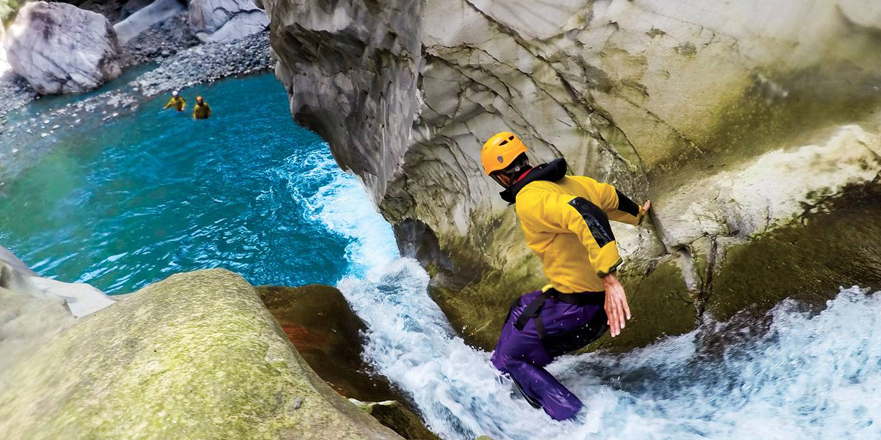Reunion

Reunion Attractions
Reunion enjoys year-round tropical weather that is ideal for the development of lush vegetation and a bounty of beautiful natural vistas. Through the more than 900 km (about 559.23 mi) of trails, visitors can explore this outdoor natural museum from sea level along the rugged coastline to the heights of the various peaks, volcanoes, and "ramparts." Numerous activities are available, including biking, mountain climbing, kayaking, aquatic canyoning, paragliding, and skydiving. When you've had your fill of thrill-seeking, unwind on one of the island's warm, white beaches or take a leisurely stroll through the nature preserve in Saint-Gilles' very own Eden Garden. Enticing pursuits and a variety of landscapes just waiting to be explored.
Piton de La Fournaise is among Reunion's most exhilarating sights. It is the most frequented place on the island and one of the most active volcanoes in the world. While tourists can view the magnificent sight from a helicopter or a microlight plane, climbing the volcano to the top offers an inspiring view of the entire island. Reunion's calderas provide wonderful trekking terrain. The Mafate caldera, one of the island's three well-known calderas, is where the Mafate village is located where the only way to get there is—by foot. When visiting the Salazie caldera, the ‘Voile de la Mariée’, waterfalls are renowned for the optical illusion it creates, in the form of the veils of a bride.
There are more than just mountainous peaks and calderas in Reunion, the island also boasts some spectacular beaches. Reunion’s coastline is 210 km (about 130.49 mi) long, consisting of mainly cliffs and rocky beaches. There are approximately 35 km (about 21.75 mi) of sandy beaches from the west to the south that are protected by a belt of coral reefs and form shallow lagoons in places like Grand’Anse, Saint-Pierre, Saint-Leu and Saint-Gilles.
Beautiful corals are among the island’s ocean's flora and fauna. Since 2007, a Natural Marine Reserve has protected this actual aquarium, protecting over 3,500 species like sea turtles, dolphins, sea urchins, conger eels, and parrot fish. Although whale watching activities are strictly regulated by the OMAR (Observatoire Marin de la Réunion) and Globice (Groupe local d'observation et d'identification des cétacés), humpback whales can also be seen off the northern coast during the winter season from July to September.
Nearly two kilometers long, Ermitage Beach is peaceful, ideal for sunbathing, and shaded by casuarina trees. Boucan Canot in Saint-Gilles-les-Bains on the island's west coast is the perfect location for snorkeling, surfing, and other water sports.
In addition to serving as the island's principal administrative hub, Saint-Denis is home to a large number of museums and other cultural landmarks that serve as historical records of the island. A wonderful place to learn about the culinary traditions and culture of Reunion is the vibrant Saint-Paul market. There are over 300 stalls with local foods and spices on the waterfront. The market is a fantastic place to find genuine trinkets.
Diving deeper into the land with canyoning
Reunion Island is full of valleys and sheer cliffs and these said depths are worth exploring. Going down them could be a task but with canyoning it becomes fun! Canyoning combines a number of specialties and methods. This activity combines swimming in white water rapids, hiking, climbing, and mountaineering.
Locations such as Trou de Fer, Langevin River and Canyon of Fleurs Jaunes are well known as canyoning areas on the island. Go down the rapids and canyons in this exciting new adventure, while exploring and enjoying yourself!
Safety Advice
1. Bring shoes appropriate for walking
2. Bring sunscreen
3. Bring a guide for the treks as many of them are very dangerous

